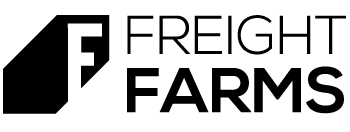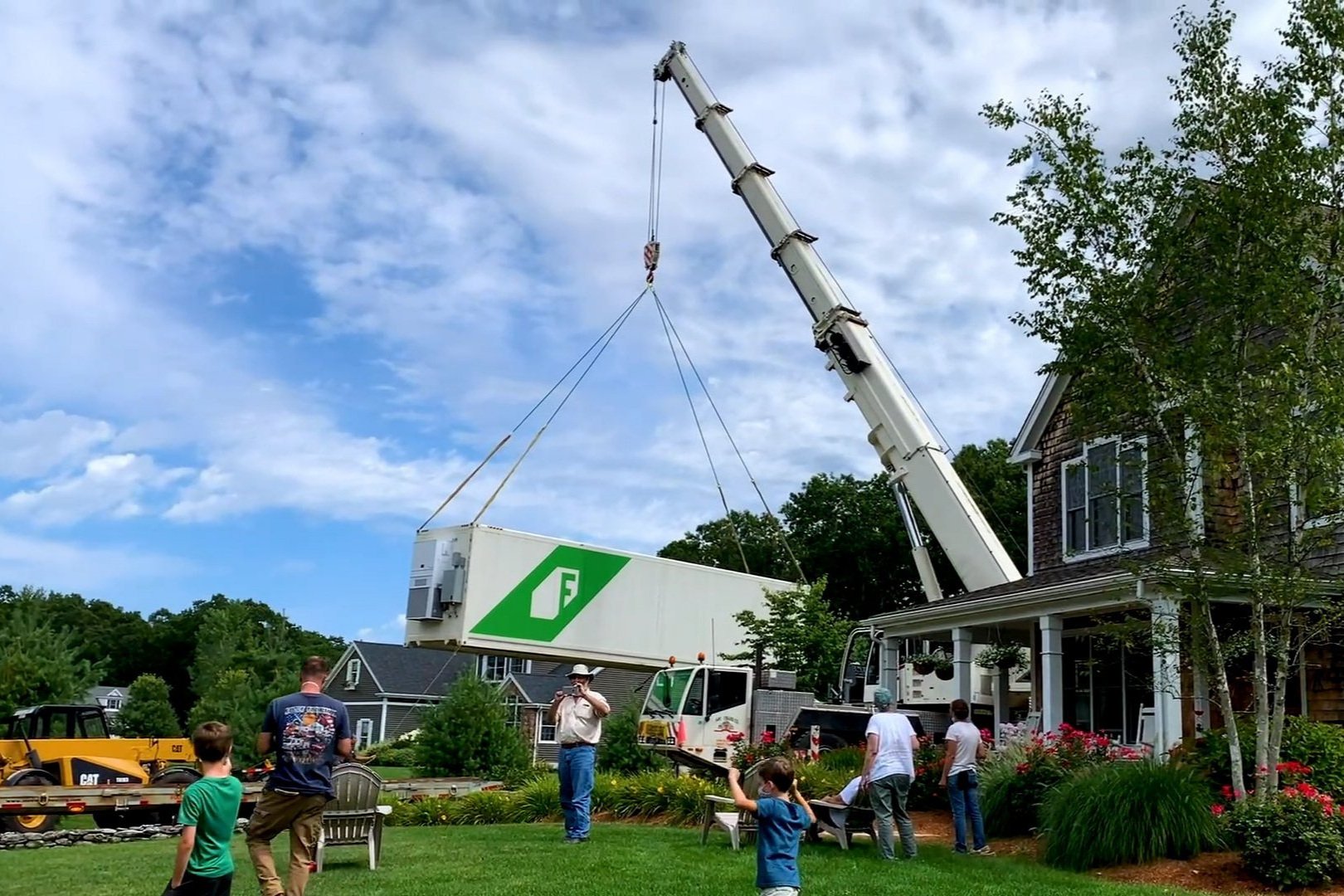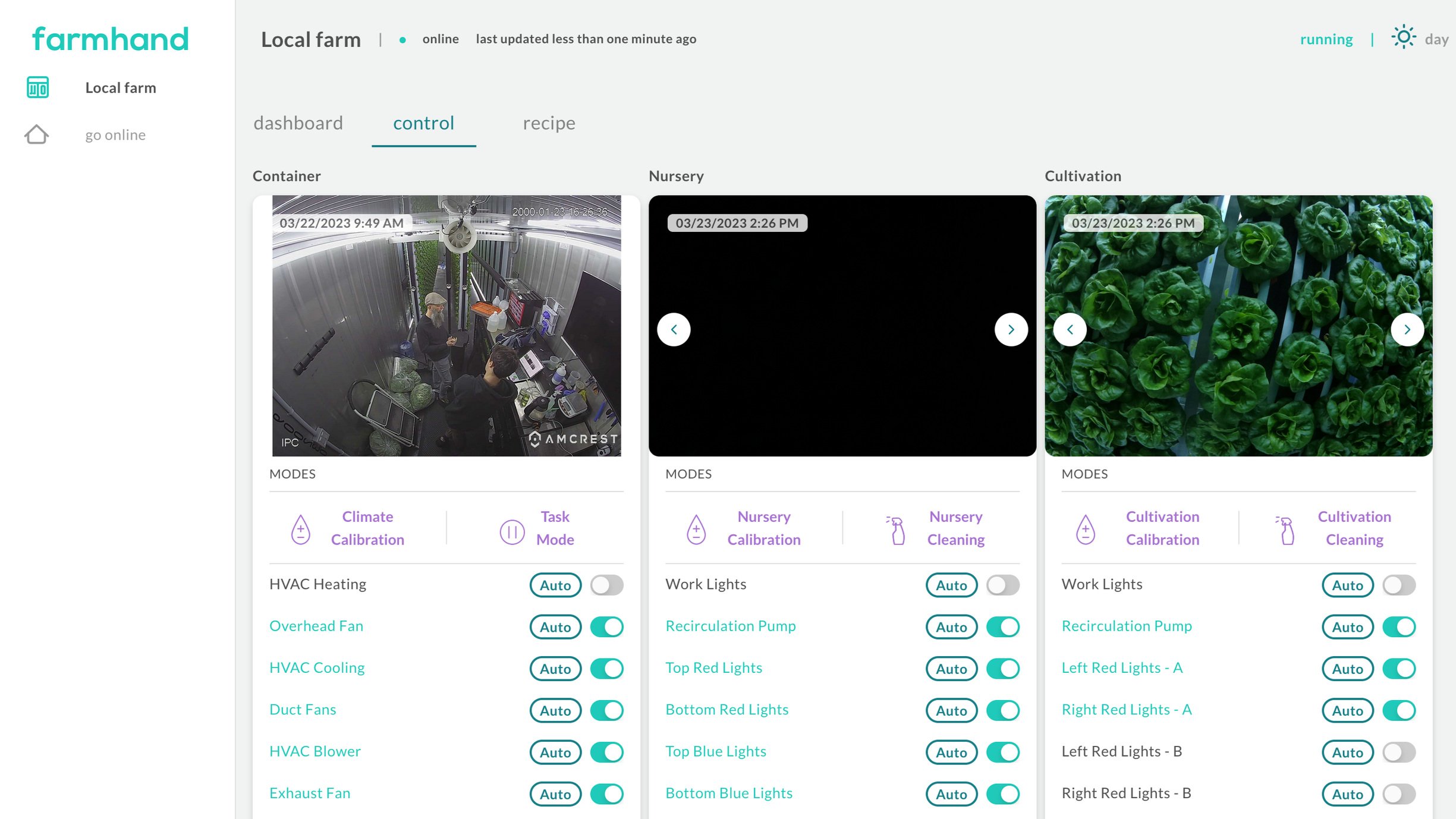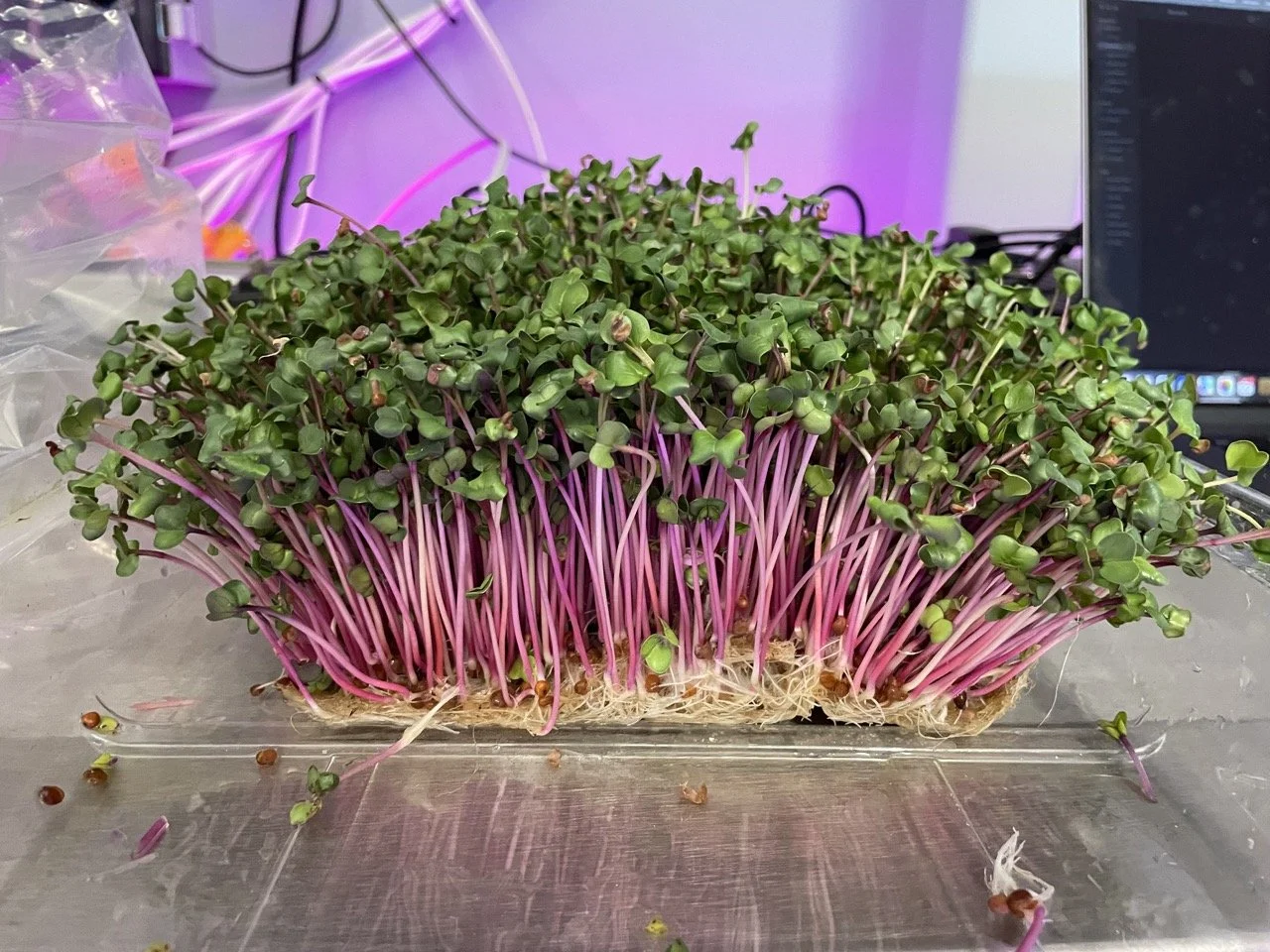Zoning 101: How to Navigate Zoning for Your Container Farm
Discover our top strategies for navigating local zoning regulations and securing approval for your container farm.
Our hydroponic container farm, the Greenery™, is built inside a shipping container, allowing it to be transported anywhere in the world. To date, we’ve placed over 600 farms worldwide and trained over 1,500 farmers who have started growing food for their local communities.
If you’re interested in bringing a Greenery to your location, you must familiarize yourself with local zoning regulations.
On average, it can take anywhere from two weeks to three months to get a site approved, so we recommend going to your zoning board sooner rather than later when starting your project.
In this article, we’ll cover zoning basics, the different regulations you may encounter, and our top 7 tips for successfully navigating local zoning laws to implement your container farm.
For detailed guidance on preparing for your Greenery’s arrival, download our Site Preparation and Delivery Guide.
Before we dive into zoning, let’s make sure you have the space a container farm requires.
What are the Site Requirements for a Greenery Container Farm?
Due to how compact and mobile the container farm is, there are only a few requirements your farm site must meet before your farm can be delivered.
Plot
A flat, unobstructed area of land measuring 50 feet x 10 feet (15.24m x 3.1m) with a maximum 3% grade. The Greenery should also be pitched so that the front of the farm is approximately 2 inches (5.1 cm) higher than the rear.
Foundation
Due to the weight and size of your container farm, your site must be prepped for long-term use. To protect against inclement weather, we recommend placing your farm on a sturdy foundation like sonotubes, railroad ties, or concrete. The farm cannot be placed on bare ground, as this will cause leveling to change over time, impacting the farm's functioning.
Electricity
Connection to an energy supply is vital to maintaining the farm’s systems. After your farm is delivered, you’ll need to have a licensed electrician hardwire or create a plug for your location’s specific requirements. Alternatives like solar and battery systems can also power the farm.
Water
We recommend placing your farm within 50 feet (15.2 m) of a water source to make it easier to fill the water tanks. A designated water source is suggested, but a garden hose feed can also be used.
Please note that these guidelines can be flexible. We've placed farms in many different locations, so even if your site doesn't meet every specification, it could still work. Feel free to contact our team to explore your options.
What is Zoning?
Governments and municipalities divide pieces of land into “zones” and establish rules to help guide the growth and development in these areas.
A city’s zoning code is a set of guidelines that dictate the allowed shape, density, and permitted use of new development. In practice, zoning preserves a neighborhood's character and ensures new development is compatible with existing uses and communities.
4 Types of Zoning Regulations You May Encounter
Agricultural
This type of zoning protects farmland from non-farm uses. Since container farming is relatively new, you may need to clarify that the Greenery container is indeed a farm.
Industrial
Industrial zoning regulates areas used for industry, production, and manufacturing, taking into account potential noise disturbances.
Commercial
This zoning pertains to land used for offices and retail purposes.
Residential
You most likely live in a residential zone, which refers to land used for single-family, multi-family, or mobile homes. Residential zoning tends to be the most restrictive in that property value and nuisance laws are highly protected. We have had farms successfully approved under residential zoning permits, but this route is more challenging.
Container farming, although not entirely new, may still be unfamiliar to many municipalities and zoning boards. Zoning regulations can vary widely by location, and some areas may not have specific rules for container farming yet. To help you navigate this, we've compiled some tips.
7 Tips to Successfully Navigate Zoning for Your Container Farm
Talk to someone at city hall
Schedule an appointment with your city’s zoning department to discuss your project. It helps to have your farm site mapped out beforehand to illustrate where you want to place the farm. Ask the department about the rules, regulations, and covenants associated with the zone to determine if any written rules exclude container farming.
Be prepared to explain
A zoning board might be tempted to deny you simply because they don’t understand the concept of container farming. Many regulations are created for permanent structures and since the Greenery can be moved relatively easily, you may be able to take advantage of certain loopholes. For this reason, it’s very important to illustrate your idea clearly. Be sure to bring multiple resources, such as photos, videos, virtual tour links, a product booklet, and the site prep guide.
Adapt the farm for residential zones
Some municipalities will allow you to put the farm on residential property—especially in more rural communities—provided that you can “blend” the container into the surroundings.
The Freight Farms team can help you paint the farm a neutral/camouflaging color, or you can build a trellis, wall, or other structure to hide it from view. When you meet with the zoning board, bring mock-ups of your plan.
Find a site in a less regulated zone
Don't lose hope if your request to place the farm in a residential zone is denied. Consider exploring industrial or agricultural areas, which often have fewer regulations and offer opportunities to rejuvenate less-developed parts of the city.
If you want to farm in an urban area, you can try contacting the owners of municipal lots or industrial parks to discuss the possibility of placing your farm there.
In rural areas, try reaching out to local landowners to explore potential site opportunities for your farm.
Highlight community benefits
Remember, your container farm is more than just a personal asset—it's an opportunity for the city, town, and local businesses as well. By leasing unused space, both parties can benefit: you secure a spot for your farm, while they earn a profit.
Our farmers often negotiate favorable leases for just the 320 sq. ft. the farm occupies, and some even pay for their plot of land with fresh produce alone!
Your farm also contributes to the community by boosting the local food system and providing a year-round source of fresh produce. Be sure to highlight these community benefits when advocating for your farm with the zoning board—it can make a compelling case for approval.
Think creatively
Zoning regulations don't always offer easy solutions, but there's always room for creative thinking. Container farms can find homes in unexpected places, such as under highway overpasses, alleyways, rooftops, warehouses, and parking lot corners.
Since container farms are mobile, they may bypass certain regulations designed for permanent structures. This flexibility opens up possibilities for innovative solutions. Don't be afraid to think outside the box! For inspiration, check out our blog Creative Places to Put a Container Farm.
Use Freight Farms as a resource
If your research reveals no legal barriers to having a container farm in a specific zone, you're likely in the clear!
Throughout this process, don't hesitate to lean on the expertise of your Freight Farms account executive. They're there to assist you every step of the way, from meeting with your zoning board to preparing your farm site and ensuring a smooth delivery.
Utilize the resources provided below to assist you in your planning journey:

















